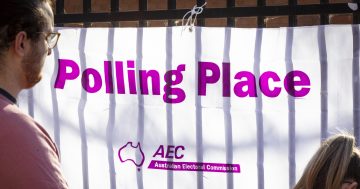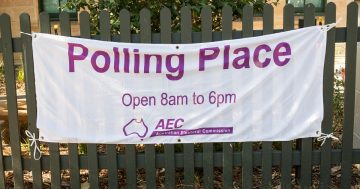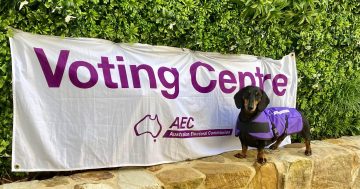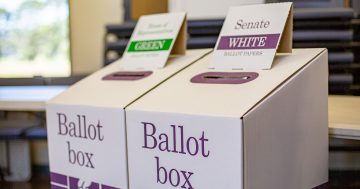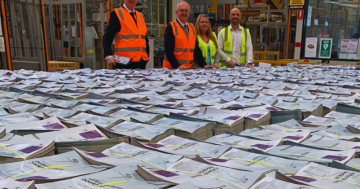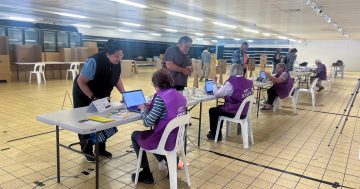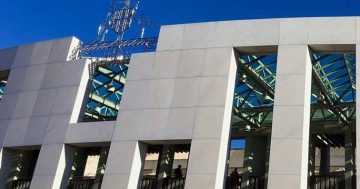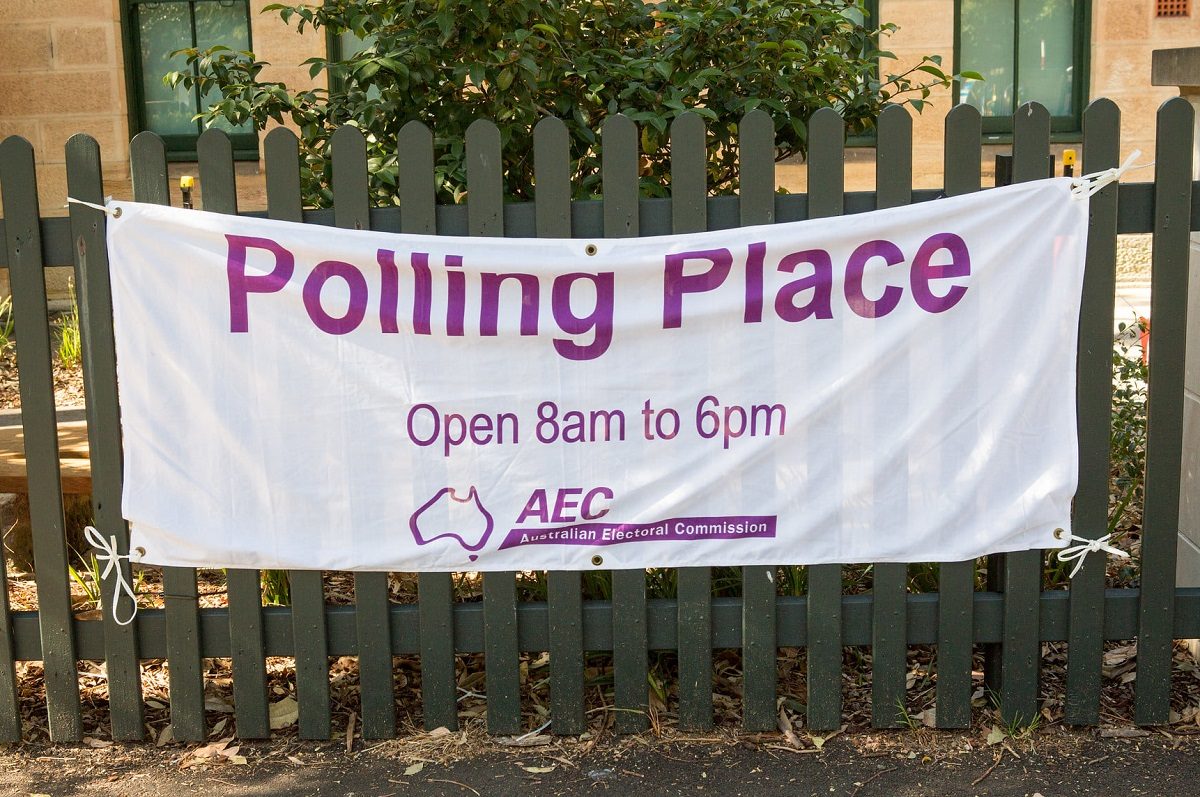
Voter enrolment rates have increased across the board. Photo: AEC.
The Australian Electoral Commission has released statistics that show the number of people enrolled to vote has increased in several key areas up to 30 June.
In a 24 July statement, the AEC says the national enrolment rate of 97.5 per cent rose from 97.1 per cent at the end of 2022, and from 89.7 per cent back in 2010. It said 17,565,728 of the estimated 18,016,762 Australians eligible to vote are now enrolled.
The AEC’s target is 95 per cent, and every state has recorded an increase in enrolments in the past six months.
AEC Commissioner Tom Rogers said the improved enrolment rates were the result of years of hard work.
“Quite frankly, the enrolment rates our initiatives are producing are a modern democratic miracle,” he said. “The success hasn’t happened by chance – we look at it carefully every day, we’ve adopted new solutions to get people enrolled and they’re working.
“If Australia’s enrolment is not the best in the world, it’d be incredibly close,” he added. “My international counterparts are often flabbergasted at how we get enrolment so high.”
The upcoming referendum on the Voice to Parliament seems to have spurred Indigenous Australians to enrol to vote as well. The rate of Indigenous enrolment is now at 94.1 per cent, up from 84.5 per cent at the end of 2022. This represents an increase of 60,000 people and is the first time it has ever been recorded at higher than 90 per cent.
The highest enrolment rate among Indigenous Australians was in Tasmania with 97.7 per cent, followed by NSW (97.5 per cent), the ACT (95.8 per cent), Victoria (95.5 per cent), Queensland (95.3 per cent), SA (92.7 per cent), NT (87 per cent) and WA (86.9 per cent).
Mr Rogers attributed the increase in Indigenous enrolments to an expanded direct enrolment program that was rolled out after trials in remote communities in WA, NT and Queensland, which resulted in 1400 new enrolments.
He also attributed the broader national growth to a change in regulations that allow Medicare cards and Australian citizenship certificates to be used as valid forms of identification for enrolment, whereas previously only driver’s licences and passports could be used.
Importantly, the enrolment rate among young adults aged 18-24 has also recorded an improvement. Since the end of 2022, the youth enrolment rate has risen from 87.6 per cent to 90.3 per cent, the first time this category has exceeded 90 per cent. While this falls short of the national rate, it now comfortably exceeds the AEC’s target rate of 87 per cent.
“Enrolment continues to go up nationally, every state and territory’s enrolment rates are at – or near – record highs, traditionally lower enrolled sections of society have their enrolment rates keep going up – it’s a phenomenal success story,” Mr Rogers said.
He said the referendum will provide the best base for democratic participation in any federal electoral event in Australia’s history.
“The AEC is not interested in which way the result of an election or referendum goes. We care about participation and these enrolment rates show just how hard we work to make sure people are ready to vote.”












